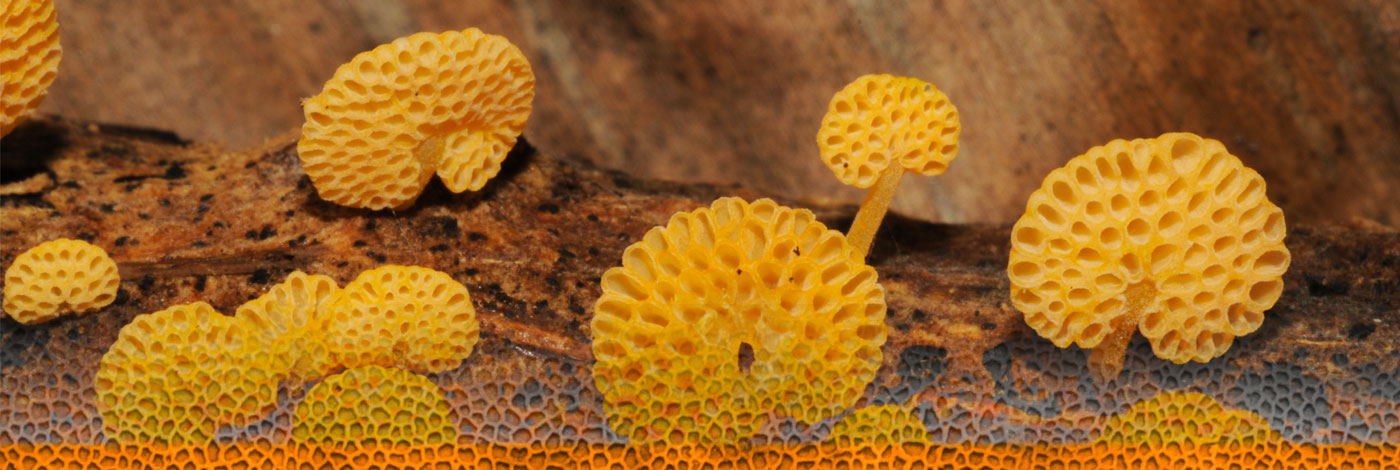

 Cryptogamie, Mycologie
36 (3) - Pages 275-286
Cryptogamie, Mycologie
36 (3) - Pages 275-286Observations of the ultrastructural morphology of leaf segments of D. officinale with or without P. ultimum infection were made using light microscopy, scanning electron microscopy and transmission electron microscopy. FITC labelling was used to mark cellulose before and after infection by the pathogenic fungus, and observations were performed with a confocal laser-scanning microscope. The results showed that after infection by P. ultimum, the mycelia pierced the leaf tissue of D. officinale through the stomata of the guard cells gradually and changed into structures resembling penetration pegs under microscopy and SEM observations. The appressorium was observed to adhere to the stoma. Furthermore, the fluorescence intensity of cellulose labelled with FITC was much lower in D. officinale leaves infected by P. ultimum than in healthy leaves. Soft rot disease in D. officinale infection with P. ultimum might be related to direct penetration into the cell walls of the plant and the cellulases secreted by the pathogen, which partly contributed to step-by-step degradation of the cell walls of the host plant.